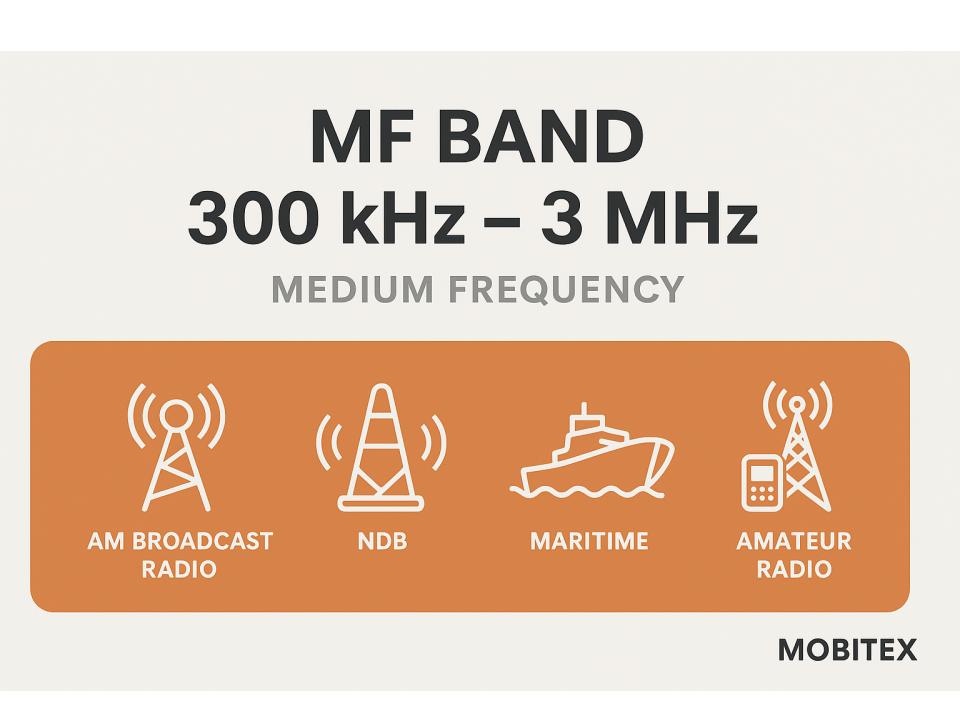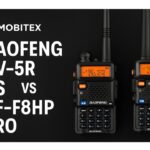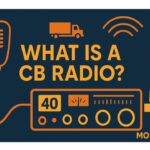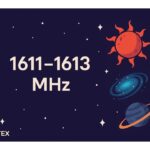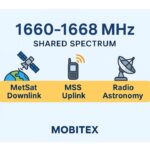The MF band, short for Medium Frequency band, is a section of the radio frequency spectrum that lies between 300 kHz and 3 MHz.
Here’s a detailed breakdown:
📡 Frequency Range
- MF (Medium Frequency): 300 kHz – 3 MHz
- It sits between:
- LF (Low Frequency): below 300 kHz
- HF (High Frequency): above 3 MHz
🔊 Common Uses of the MF Band
| Frequency Range | Typical Use | Description |
|---|---|---|
| 530 – 1700 kHz | AM Broadcast Radio | This is the standard AM radio band used worldwide for medium-wave broadcasting. |
| 285 – 325 kHz | Non-Directional Beacons (NDBs) | Used in aviation and maritime navigation for beacon identifiers. |
| 415 – 535 kHz | Maritime Mobile Service | Distress and calling frequencies (formerly including 500 kHz SOS). |
| 1.6 – 2.0 MHz | Maritime & Coastal Communications | Ship-to-shore voice and telex (now largely replaced by digital systems). |
| 472 – 479 kHz | Amateur Radio (630 m Band) | A narrow amateur allocation for long-distance (low-frequency) experiments. |
🌍 Characteristics of MF Signals
- Propagation:
- MF waves primarily travel via ground wave, which follows the curvature of the Earth – good for medium-range coverage (up to several hundred kilometers).
- At night, skywave propagation can occur (signals reflect off the ionosphere), extending range greatly – that’s why AM radio stations can be heard from far away at night.
- Antenna Size:
- MF antennas need to be large (since wavelength is long – 100 m to 1000 m), which affects practical transmitter design.
- Bandwidth & Modulation:
- AM (Amplitude Modulation) dominates the band; narrowband digital and Morse (CW) modes are also used.
⚙️ Example Applications
- AM broadcast stations (e.g., 1010 kHz, 1200 kHz, etc.)
- Coastal maritime communication (legacy 500 kHz distress, radiotelephony)
- Navigation aids (beacons)
- Amateur radio (630 m band) – used for long-distance low-frequency experiments
